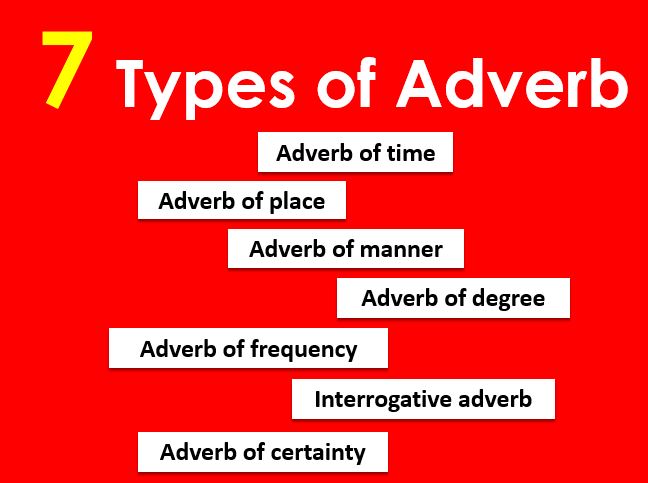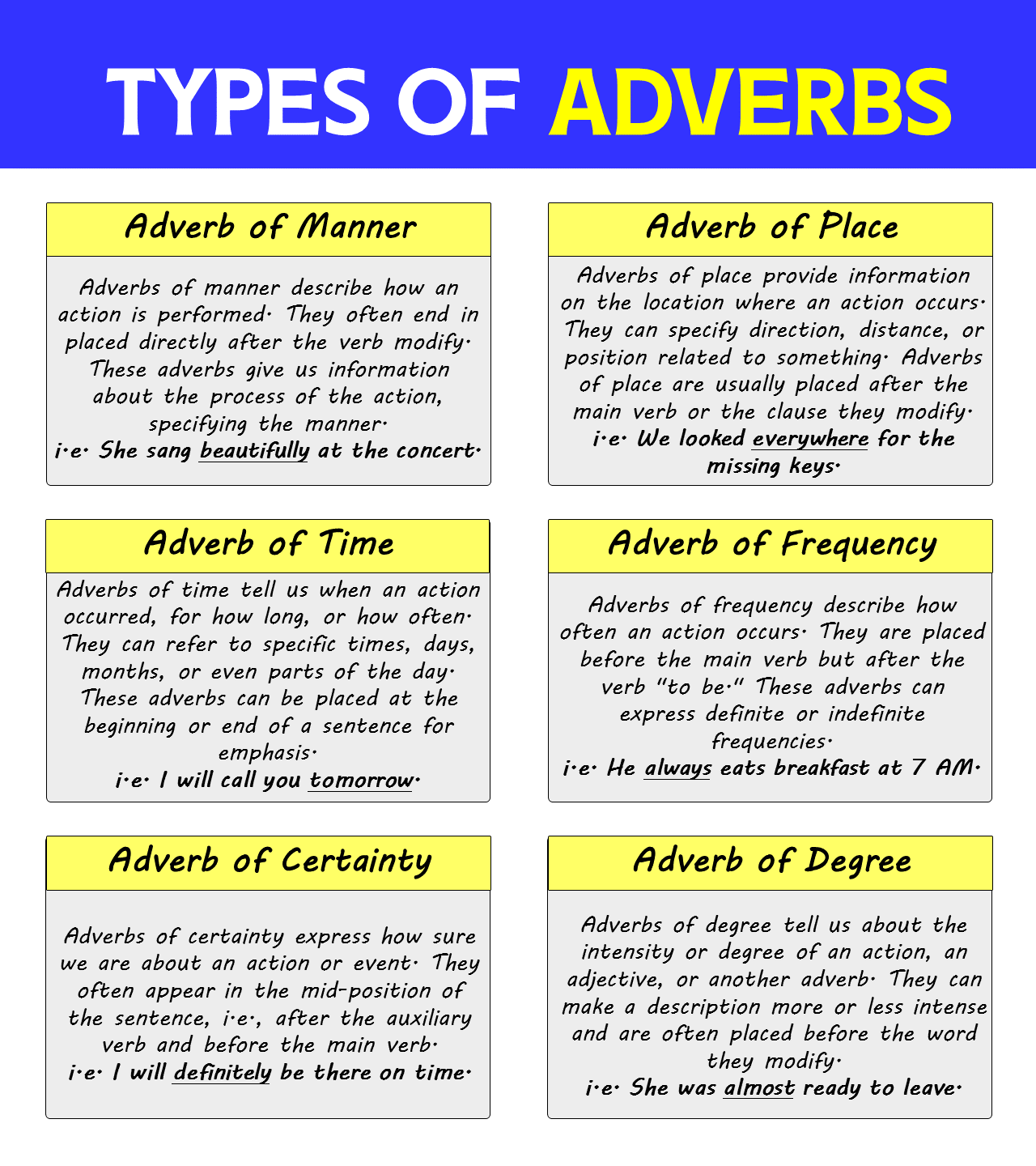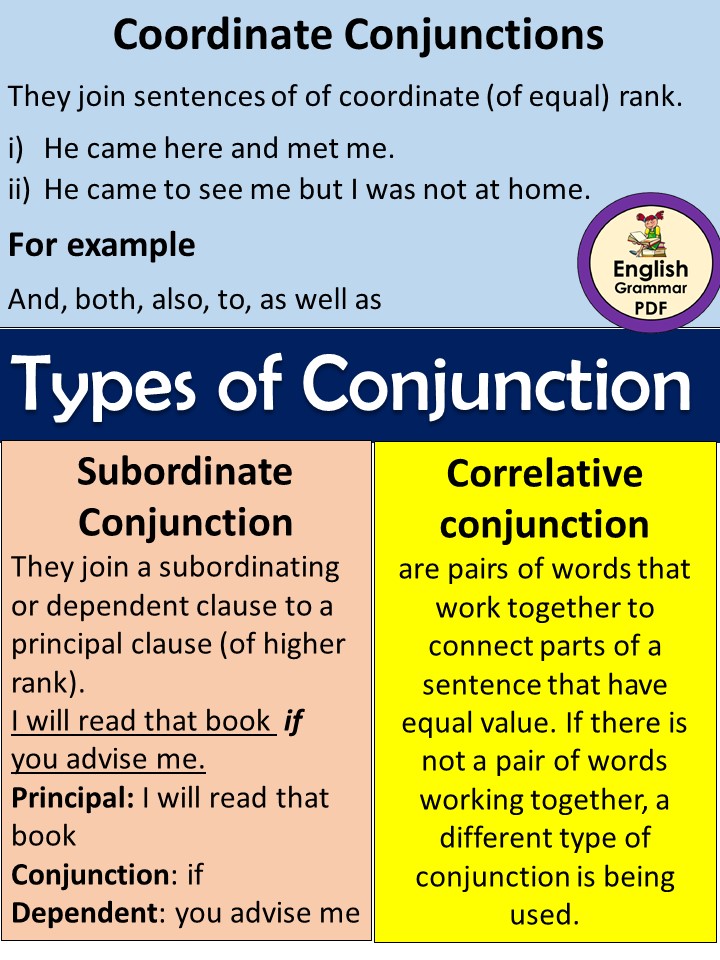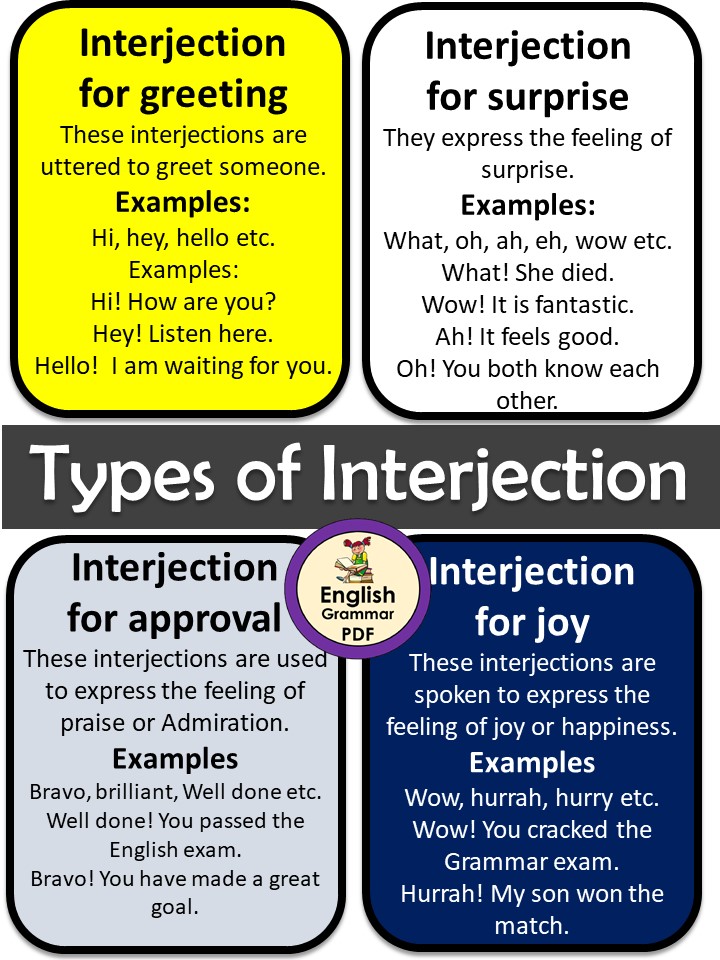What is an adverb? “An adverb qualifies a verb, an adjective, and another adverb”. Different types of adverbs are described below with pdf of examples and sentences.
Examples
The man runs slowly.
Here slowly is the adverb, it adds to the meaning of the verb run.
Kinds/Types of Adverbs
The basic types of adverbs are described here in this lesson.
- Adverb of manner
- Adverb of place
- Adverb of time
- Adverb of frequency
- Adverb of certainty
- Adverb of degree
- Interrogative adverb

Here 7 types of adverbs are described with examples and sentences.
1. Adverb of Manner
Adverbs of manner describe how an action is performed. They often end in “-ly” and are placed directly after the verb or clause they modify. These adverbs give us more information about the process of the action, specifying the style or manner in which it occurs.
Example Sentences:
- She sang beautifully at the concert.
- The cat slept peacefully on the windowsill.
- He explained the problem clearly to everyone.
2. Adverb of Place
Adverbs of place provide information on the location where an action occurs. They can specify direction, distance, or position related to something. Adverbs of place are usually placed after the main verb or the clause they modify.
Example Sentences:
- We looked everywhere for the missing keys.
- Please come inside; it’s cold out.
- The dog ran around the park joyfully.
3. Adverb of Time
Adverbs of time tell us when an action occurred, for how long, or how often. They can refer to specific times, days, months, or even parts of the day. These adverbs can be placed at the beginning or end of a sentence for emphasis.
Example Sentences:
- I will call you tomorrow.
- They have lived here since 2005.
- She wakes up early every morning.
4. Adverb of Frequency
Adverbs of frequency describe how often an action occurs. They are placed before the main verb but after the verb “to be.” These adverbs can express definite or indefinite frequencies.
Example Sentences:
- He always eats breakfast at 7 AM.
- They rarely go to the cinema.
- She sometimes walks to work.
5. Adverb of Certainty
Adverbs of certainty express how sure we are about an action or event. They often appear in the mid-position of the sentence, i.e., after the auxiliary verb and before the main verb.
Example Sentences:
- I will definitely be there on time.
- They are probably going to win the match.
- She certainly knows how to make an entrance.
6. Adverb of Degree
Adverbs of degree tell us about the intensity or degree of an action, an adjective, or another adverb. They can make a description more or less intense and are often placed before the word they modify.
Example Sentences:
- She was almost ready to leave.
- The soup is too hot to eat right now.
- He barely passed the final exam.

7. Interrogative Adverb
Interrogative adverbs are used to ask questions about manner (how), place (where), time (when), and reason (why). They introduce question sentences and are crucial for forming inquiries.
Example Sentences:
- How did you solve the puzzle so quickly?
- Where are you planning to go for vacation?
- When is the best time to plant tomatoes?
You can download types of adverbs pdf with examples and sentences.


